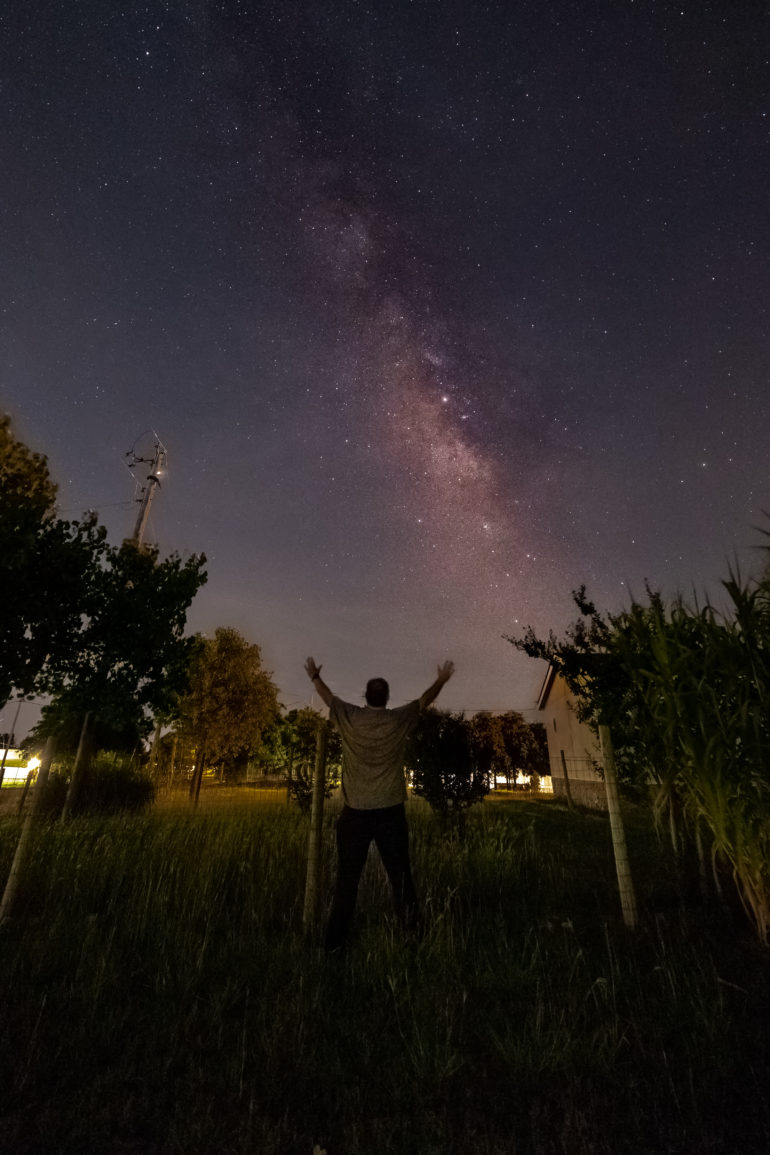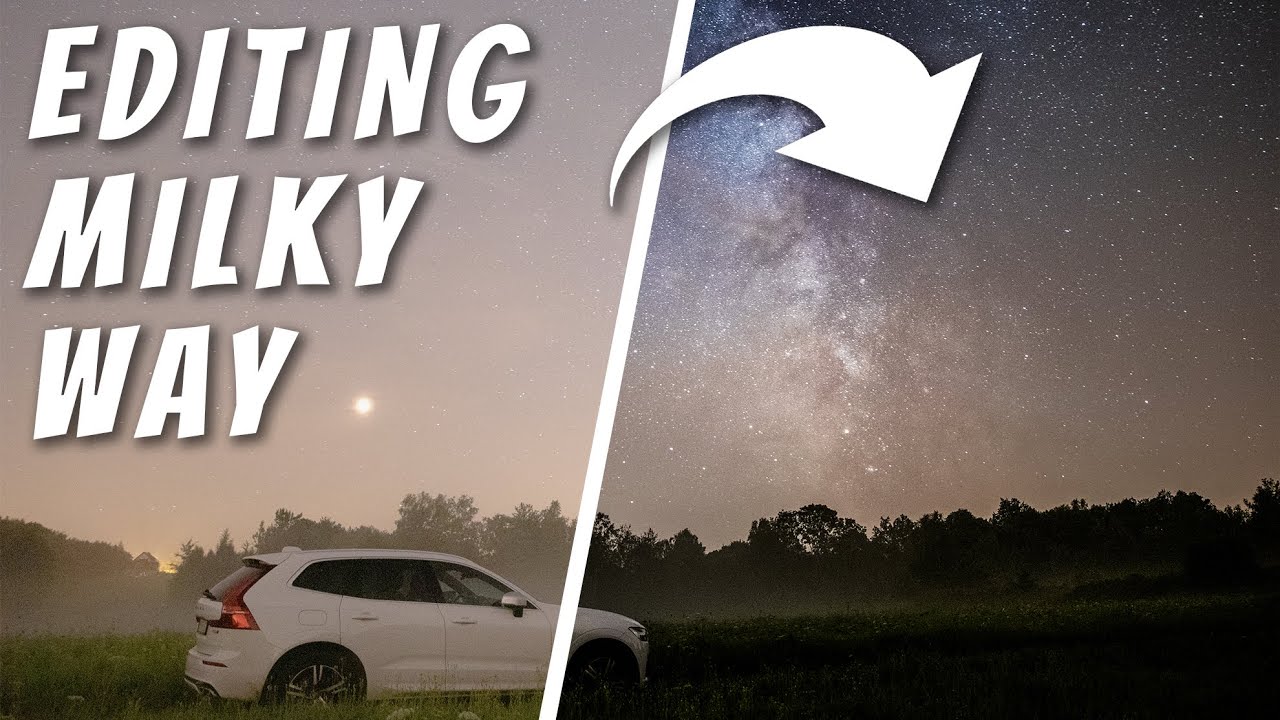Astrophotography season is almost upon us, and Kamil Pekala wants to teach you how to process your Milky Way images so that they look out of this world.
March of every year is an exciting time for photographers who love to dabble in astrophotography as it’s the time of year when the Galactic Core of our galaxy becomes visible in the northern hemisphere. Taking images of the Milky Way is quite easy, but processing the RAW files and getting the most out of them can be a challenge. After the break, we have a video for you that will show you how to process your Milky Way images so that they look better than ever.
We’ve all seen the awe-inspiring Milky Way images that Instagram and other social media sites get bombarded with for a few months of the year, and we have all tried to make our own images of the wonders in the sky. While making Milky Way images is a relatively simple process (which we talk about in our astrophotography guide here), getting the most out of your RAW files can be quite tricky. Editing images of the night sky is quite unlike anything else, and unless you have a basic understanding of what needs to be done, you can become frustrated quite quickly. Fortunately, Kamil Pekala has made a video that will show you basic editing techniques that can really help make your images shine as bright as the stars themselves.

The video from Kamil doesn’t show how to capture the image he processes, but he does talk about why you should take multiple images (I always recommend five at a minimum) so that you can later stack them in either Sequator (Windows PC) or Starry Landscapes (Mac) to reduce noise from the images, and what basic adjustments should be made in both Lightroom (basic exposure adjustments) and Photoshop (simple curve layers).
Kamil shows you just how easy it is to make the galactic core of our Milky Way really pop out of your image while still making it look natural. The video is easy to follow and gives some great hints and tips. So, as you gear up to go and capture our neck of the woods in the Milky Way this year, make this video one of your required watches. Head on over to Kamil’s YouTube Page to check it out.


